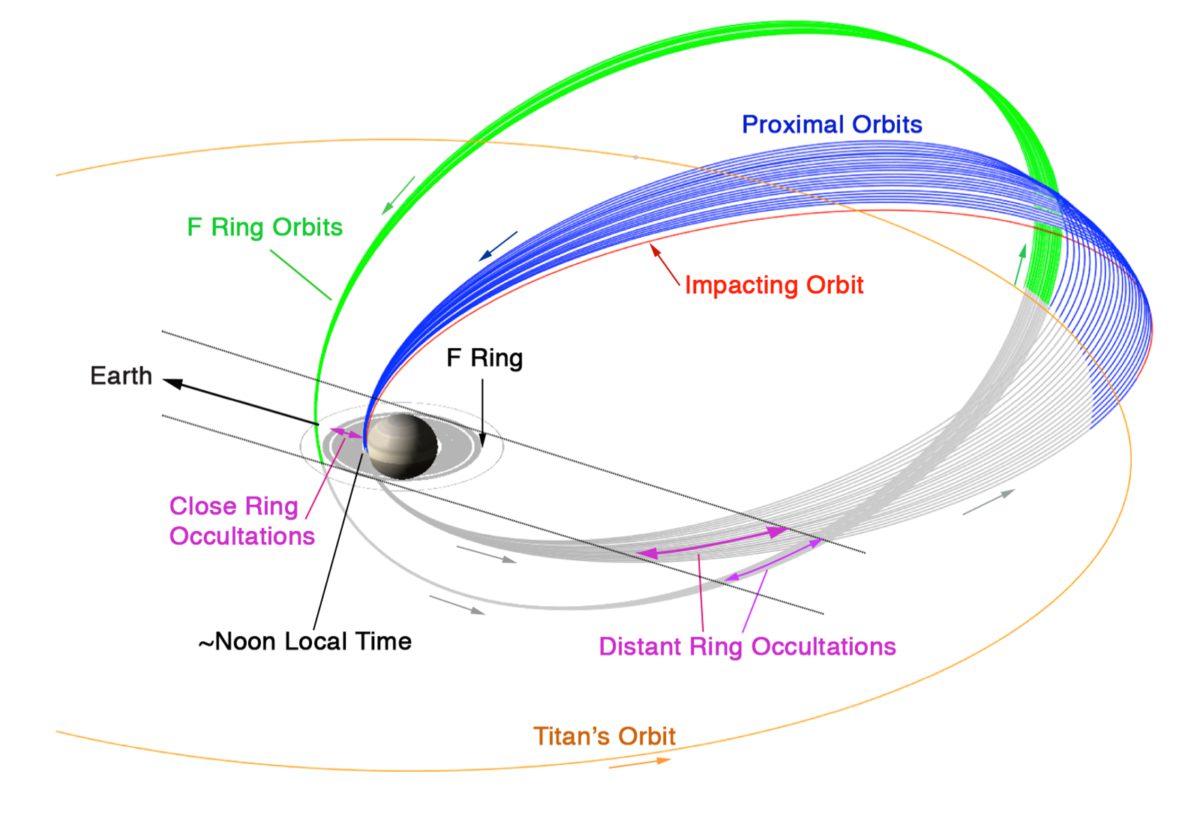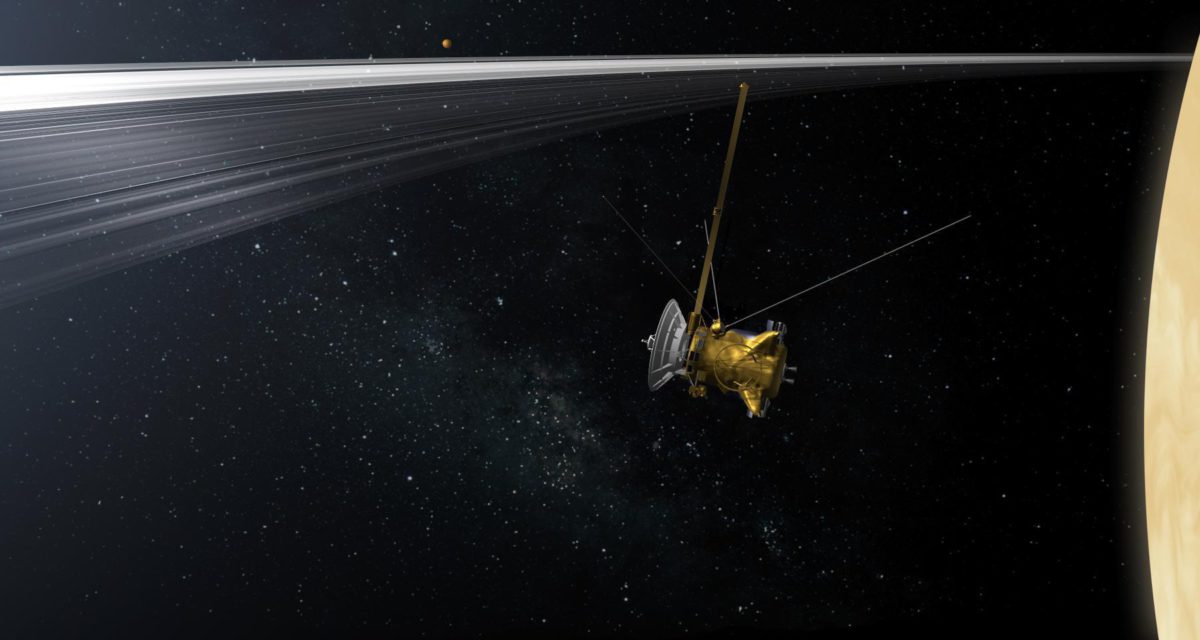Emily Lakdawalla • Sep 15, 2016
One year remains in the Cassini mission
Cassini has been orbiting Saturn for as long as I've been a science writer. From the time of its orbit insertion in June 2004, Cassini was the first regular beat I was asked to cover as a writer at The Planetary Society. So it's especially hard for me to confront the fact that this long, wonderful mission is just about over. A year from today, it's going to plunge into Saturn.
The mission must end because it is nearly out of fuel. Originally planned to last 4 years in orbit, the mission was extended twice to cover Saturn over a total of half of its year around the Sun. Cassini arrived at the height of southern summer, and has watched as the Sun set on the south pole and rose on the north pole. The mission will see Saturn go through northern summer solstice before it ends.
The final year is going to be an exciting one. On November 29, a flyby of Titan will drop Cassini's closest approach to Saturn to a point just 10,000 kilometers beyond the F ring. Cassini will be able to study the weird phenomena of Saturn's rings and ringmoons closer than ever before, and will travel to never-before-sampled regions of Saturn's magnetic field. Then, on April 22, 2017, a final targeted flyby of Titan will shift Cassini's periapsis to a point between the innermost D ring and Saturn. On each close approach to Saturn, it'll fly within 3800 kilometers of the cloud tops. Cassini will see the planet, rings, and energetic particle environment from a new perspective, and have the first ever opportunity to measure the masses of the ring system and Saturn separately. A final nudge by distant Titan on September 15, 2017, will send Cassini to its death.

This final year of Cassini's mission will actually look an awful lot like the Juno mission -- a spacecraft in a studying the inner workings of a giant planet from a polar, elliptical orbit that passes very close to the planet at periapsis. Except that Cassini carries a much larger (albeit older-tech and more-worn) instrument package. The fact that we'll have two spacecraft operating similar missions at different planets at the same time in the same solar environment will multiply our ability to understand how stars influence the physics of giant planets, and how giant planets work more generally. Basically, this final year of the Cassini mission will be like a whole New Frontiers mission tacked on to the end of a flagship mission. It's going to be awesome.
The awesomeness of the approaching final year of Cassini makes it hard to stay sad about its inevitable end. But once it does end, there'll just be Juno left studying the giant planets, the last of a long line of missions that began with the Pioneers. Once Juno ends, likely sometime in 2018, there's going to be a gap in which no mission will be operating or even on the way to any of the giant planets.
And now I'm sad again!

The Time is Now.
As a Planetary Defender, you’re part of our mission to decrease the risk of Earth being hit by an asteroid or comet.
Donate Today

 Explore Worlds
Explore Worlds Find Life
Find Life Defend Earth
Defend Earth

